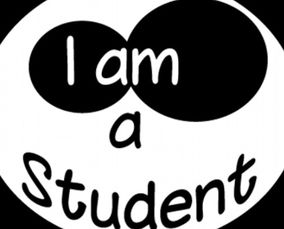What is a Linking Verb?
A linking verb, also known as a copula, is a type of verb that connects the subject of a sentence to a noun or adjective that describes it. Unlike action verbs, linking verbs do not express actions or states of being but rather serve as a bridge between the subject and the complement. Understanding linking verbs is crucial for mastering grammar and constructing clear, concise sentences.
Types of Linking Verbs

There are several types of linking verbs, each with its own unique characteristics:
| Type | Example |
|---|---|
| Be | She is happy. |
| Seem | He seems tired. |
| Look | This book looks interesting. |
| Feel | The water feels cold. |
| Sound | That song sounds beautiful. |
| Smell | The food smells delicious. |
| Taste | This soup tastes good. |
These linking verbs can be followed by different types of complements, such as nouns, adjectives, or even adverbs. For instance, “She is a teacher” uses a noun complement, while “He looks tired” uses an adjective complement.
Be as a Linking Verb

The most common linking verb is “be.” It has several forms, including “am,” “is,” “are,” “was,” “were,” “be,” “being,” and “been.” These forms are used to match the subject of the sentence and indicate different tenses and moods.
Here are some examples of “be” as a linking verb:
- I am happy.
- She is a doctor.
- They are friends.
- He was tired yesterday.
- They were playing soccer.
Remember that “be” can also be used as an auxiliary verb to form perfect tenses, such as “have been” or “has been.” However, when used as a linking verb, it connects the subject to a complement, not to another verb.
Other Linking Verbs

Besides “be,” there are other linking verbs that can be used to describe various states or qualities. Here are some examples:
- Seem: He seems tired.
- Look: This painting looks beautiful.
- Feel: The fabric feels soft.
- Sound: That song sounds beautiful.
- Smell: The food smells delicious.
- Taste: This soup tastes good.
These linking verbs can be followed by adjectives, nouns, or even adverbs to provide more information about the subject. For example, “She looks happy” or “The cake tastes delicious.”
Using Linking Verbs in Sentences
When using linking verbs, it’s important to remember that they connect the subject to a complement, not to another verb. Here are some tips for using linking verbs effectively:
- Use a linking verb to describe the subject’s state or quality.
- Choose the correct form of “be” to match the subject and tense.
- Use a noun, adjective, or adverb as a complement to provide more information.
- Avoid using linking verbs with action verbs or to express actions.
By following these guidelines, you can construct clear, grammatically correct sentences that effectively convey your message.
Conclusion
Linking verbs play a crucial role in sentence construction by connecting the subject to a complement. Understanding the different types of linking verbs and how to use them correctly is essential for mastering grammar and writing effective sentences. By familiarizing yourself with the various linking verbs and their uses, you’ll be well on your way to becoming a confident and skilled writer
















